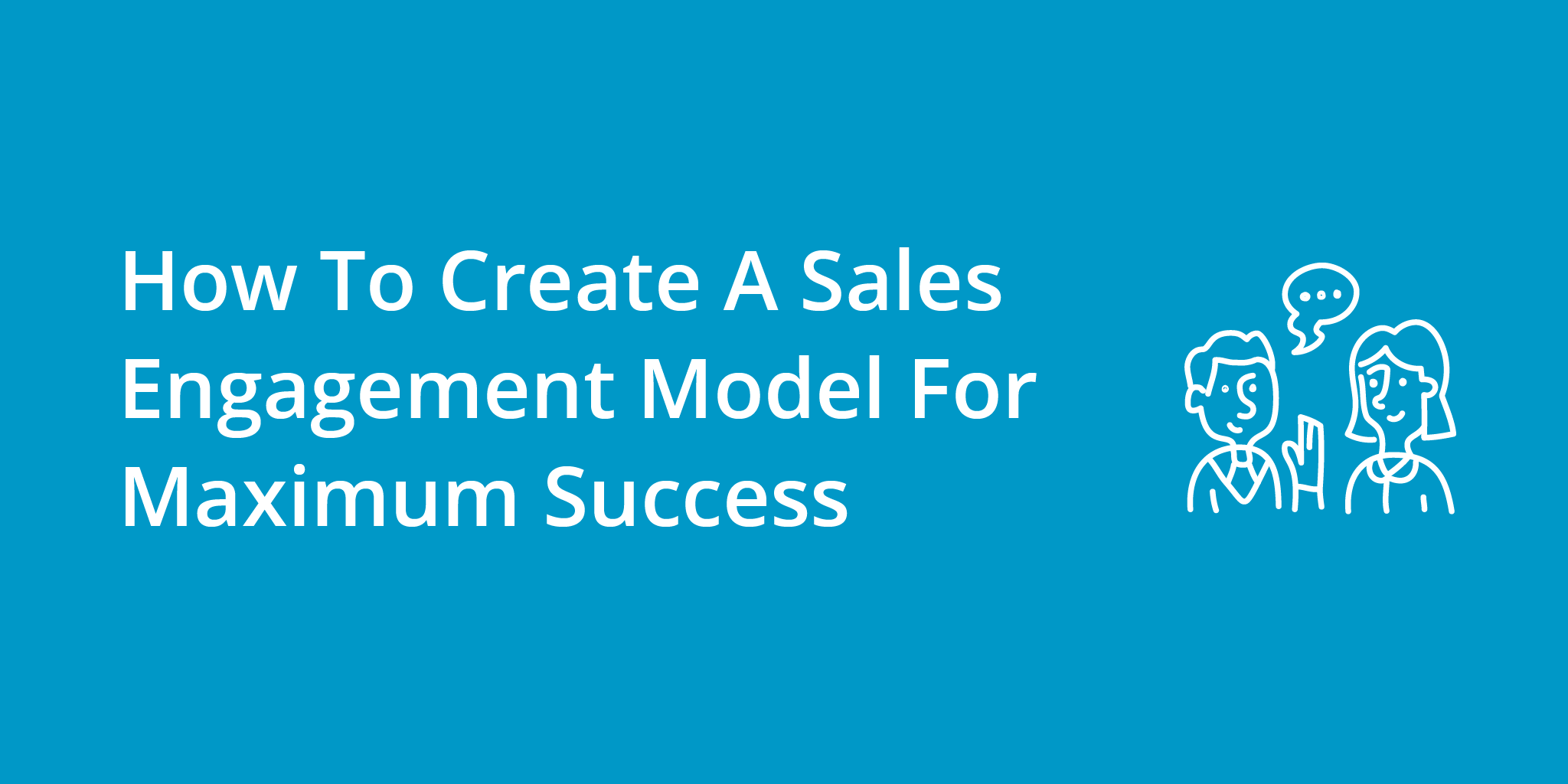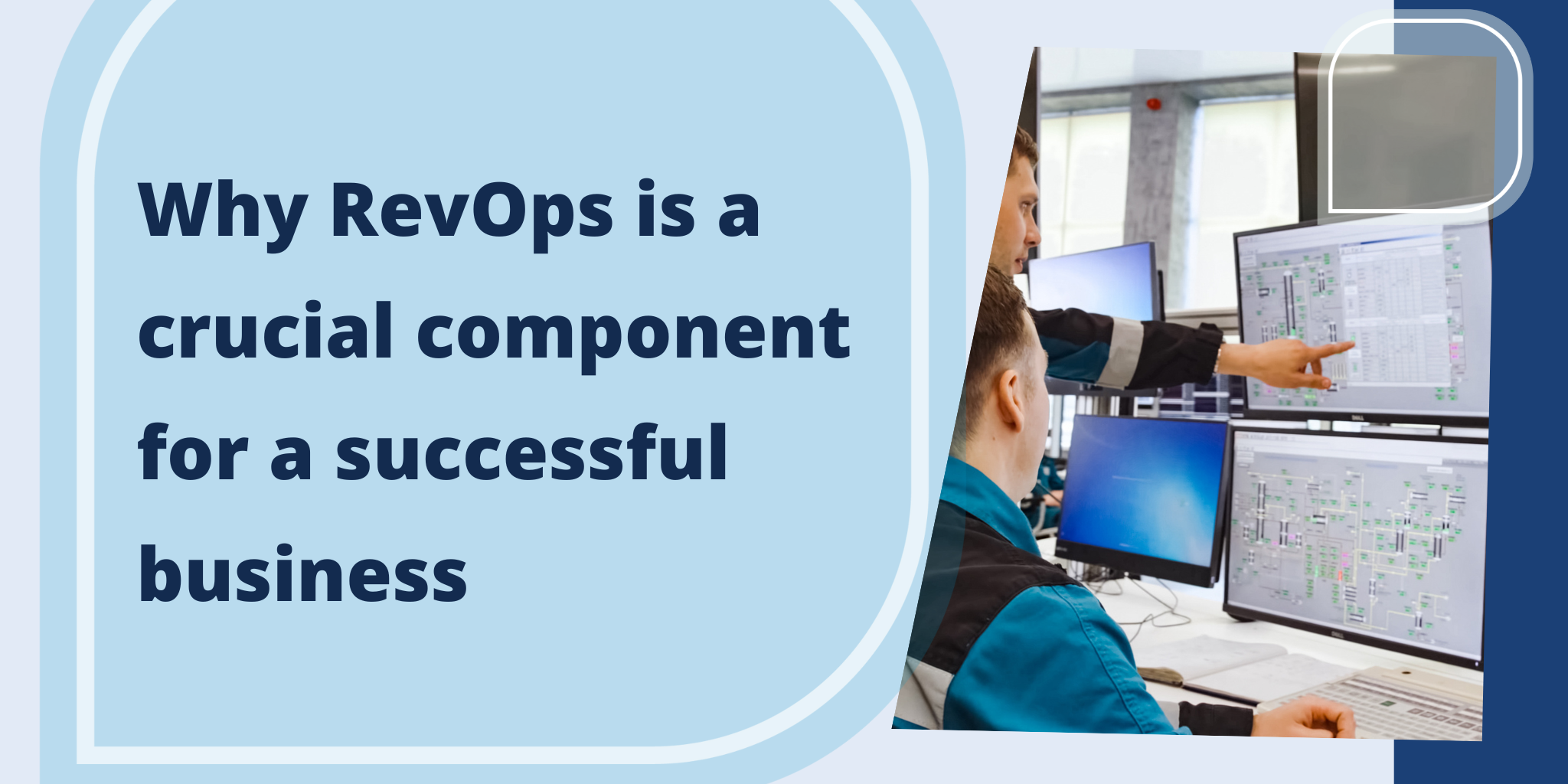
A sales engagement model is a framework for how your organization interacts with customers and prospects throughout the sales cycle. It outlines the steps, strategies, and tactics you use to engage potential buyers and convert them into paying customers. The goal of a sales engagement model is to maximize results from your sales strategy by providing an efficient process that helps you identify qualified leads, build relationships, nurture prospects, close deals, and retain customers. With an effective sales engagement model in place, you can ensure that each customer interaction is meaningful and productive while also helping to increase overall revenue.
This article teaches you how to create a sales engagement model that will help your organization to engage customers and turn them into paying customers. It will show you the steps, strategies, and tactics to use so that each customer interaction is meaningful and successful. The goal is to increase revenue by having a plan in place for how to interact with customers and get the most out of your sales strategy.
- Understanding Your Target Audience
- Defining Your Sales Process
- Creating Your Sales Engagement Model
- Optimizing and Measuring Your Sales Engagement Model

Understanding Your Target Audience
Understanding the people you want to buy your products is important when making a sales engagement model. The model will help you know how to best talk and interact with customers so they will buy from you. It also helps make sure that each customer interaction is meaningful and successful, which helps increase sales.
Here are five steps for identifying and researching your target audience:
- Identify Your Ideal Customer: Think about the type of customer that would be most interested in your product or service, such as their age, gender, location, interests, etc.
- Research Your Audience: Use online research tools to learn more about your ideal customers’ needs and behavior patterns so you can better understand them.
- Create Buyer Personas: Develop buyer personas based on the research you have conducted to get a better idea of who makes up each segment of your target market.
- Analyze Existing Customers: Take time to analyze existing customers by studying their purchase history or conducting interviews with them to gain insights into their likes/dislikes and behavior patterns when it comes to buying products or services from you specifically.
- Monitor Trends & Changes in Your Target Market: Keep track of changes in the marketplace that could affect how people view or interact with what you offer so that you can adjust accordingly if needed for
Defining Your Sales Process
A sales process is a key component of any successful sales engagement model. It defines the steps your team will need to take in order to bring prospects through the funnel and convert them into customers. The stages of your sales process should be tailored to meet the needs of your business and can vary depending on what you are selling. Generally, a typical sales process includes the following steps:
- Qualifying Leads: Identifying prospective customers who are likely to be interested in your products or services.
- Engaging Prospects: Making contact with leads to build relationships and provide further information about what you offer.
- Closing Deals: Taking steps to turn prospects into paying customers, such as setting up demos, offering discounts or special deals, negotiating terms and conditions, etc.
- Retaining Customers: Keeping customers engaged after they have purchased so that they continue to be loyal to your company and come back for more products or services in the future.
When creating your sales process, it’s important to note that your sales process should be tailored to the needs and behavior patterns of your ideal customer. That way, you can effectively engage them with the right sales enablement materials and contact channels, and ultimately guide them through the funnel to purchase.
Creating Your Sales Engagement Model
Creating your sales engagement model involves several key steps to ensure success. These steps include setting goals, defining metrics, and choosing the right tools.
- Setting Goals: Establishing specific goals for your sales engagement strategy can help you measure progress and make sure you are on track. Goals should be measurable, achievable, and relevant to your overall sales strategy. Examples of goals include increasing customer engagement, improving conversion rates, and boosting average order value (AOV) or deal size.
- Defining Metrics: Identifying the right metrics is essential for measuring progress and analyzing performance. Common metrics used in a sales engagement model include the number of leads generated, sales cycle time, lead conversion rate, customer lifetime value (CLV), and sales volume.
- Choosing Tools: Selecting the right tools for your sales engagement strategy is essential for success. Look for features like automation, personalization, real-time analytics, and detailed reporting to help you maximize results. Kixie is a sales engagement platform that offers business calling and texting, as well as a suite of workflow automation tools that sync with your CRM for increased efficiency.
Creating a sales engagement model that maximizes results requires a combination of effective strategy, clear goals, and a deep understanding of your target audience. One best practice is to segment your audience based on demographics, buying behavior, and pain points, and tailor your approach accordingly. It’s also important to have a clear value proposition and to be able to effectively communicate it to your potential customers.
Additionally, having a diversified approach to sales engagement, such as using a combination of email, phone, and in-person interactions, can help increase the chances of success. Consistently measuring and analyzing results can also help identify areas for improvement and allow for adjustments to be made to the sales engagement model as needed. It’s also a good idea to make sure that your sales team is properly trained and equipped with the right tools to help them succeed.

Optimizing and Measuring Your Sales Engagement Model
It is important to regularly review and improve your sales engagement model. This means looking at things like goals, metrics, and tools that you use to help make meaningful connections and relationships with prospects, and ultimately sell products or services. You can also measure how well your sales are doing by looking at things like the number of leads you have or how much money customers spend over time with you.
Here are a few of the metrics that organizations can use to measure the success of their sales engagement strategy:
- Conversion rate: This measures the percentage of leads that are converted into paying customers. A high conversion rate indicates that the sales engagement strategy is effective in turning leads into customers.
- Sales cycle length: This measures the length of time it takes for a lead to become a customer. A shorter sales cycle length indicates that the sales engagement strategy is efficient and effective.
- Win rate: This measures the percentage of leads that are won as customers. A high win rate indicates that the sales engagement strategy is successful in closing deals.
- Lead-to-customer ratio: This measures the number of leads that are converted into paying customers. A high lead-to-customer ratio indicates that the sales engagement strategy is effective in converting leads into paying customers
- Customer retention rate: This measures the percentage of customers that remain loyal and continue to do business with the organization. A high retention rate indicates that the sales engagement strategy is effective in creating loyal customers.
These are some of the most common metrics that organizations use to measure the success of their sales engagement strategy. It’s also important to note that different organizations may have different metrics that are important to them based on their specific business model, industry, or target audience.
Get Started Creating Your Own Sales Engagement Model Today
Creating a successful sales engagement model starts with understanding your target audience and having a clear value proposition. It is important to have a diversified approach to sales engagement, such as utilizing email, phone calls, and in-person interactions. To maximize results, organizations should implement workflow automation tools that sync with their CRM and track customer engagement. Additionally, organizations should measure and analyze results on a regular basis to identify areas for improvement and adjust the sales engagement model as needed. By following these best practices and strategies, organizations can create an effective sales engagement strategy that generates leads and helps close deals.
With the right approach and tools in place, you can optimize your sales engagement model and increase customer satisfaction, conversion rates, and sales. Get started creating your own sales engagement model today with a free trial of Kixie and start to see the benefits for your business!
You might also be interested in...

Read More
What is Revenue Operations?





